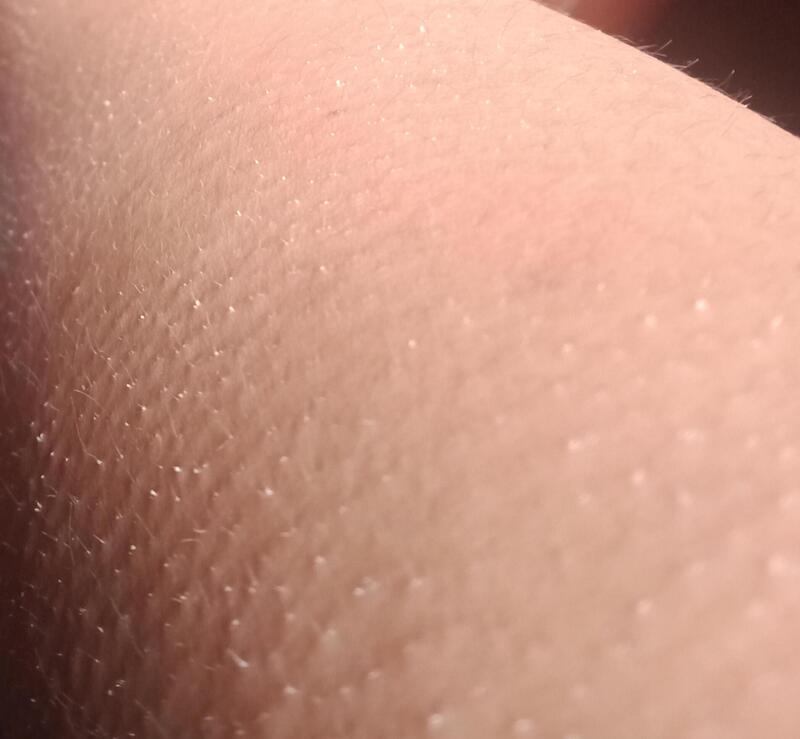If you’ve ever felt small, firm bumps on your face or arms, you might be dealing with keratin plugs. These happen when dead skin, keratin protein, and even Sebum plugs build up inside pores. People in Canada often ask about what causes keratin plugs and how to safely remove keratin plugs without messing up their skin. Let’s jump into the facts on identifying them, figuring out why they show up, and exploring ways to handle them properly.
What Is a Keratin Plug?
A keratin plug forms when your skin’s natural keratin mixes with dead cells and oils, plugging up pores. If you peek at a keratin plug photo, you’ll see a small, hardened core, sometimes whitish or slightly yellowish. Many Canadians confuse keratin plugs with blackheads or regular pimples, but these plugs can be tougher and less prone to typical acne treatments.

What Causes Keratin Plugs
Curious about what causes keratin plugs? A few culprits can be:
- Excess oil production or thick Sebum plugs
- Over-shedding of dead skin cells
- Inflammatory skin conditions like Eczema
- Genetics that make you more prone to blockages
Canada’s weather can also play a part. Cold, dry winters and sudden shifts in humidity can throw off your skin’s balance. Some folks over-exfoliate in an effort to combat dryness, which can actually make things worse.
How to Get Rid of Keratin Plugs?
Many people want simple ways on how to get rid of keratin plugs at home. You can try:
- Gentle chemical exfoliants like salicylic acid
- Warm compresses to soften and loosen plugs
- Hydration and mild moisturizers to keep skin balanced
- Occasional manual exfoliation, but don’t scrub too roughly
If plugs keep coming back or get worse, consider an online dermatology consultation with a pro in Canada who can suggest targeted treatments. Sometimes, a prescription cream does the trick if over-the-counter stuff isn’t cutting it.
How to Safely Remove Keratin Plugs?
Squeezing or picking at these plugs might feel tempting, but that can cause redness and scarring. If you do want to attempt removal at home, do it carefully:
- Cleanse and steam or use a warm cloth to open pores
- Press around the plug gently with a clean tissue
- Rinse and apply a soothing product afterward
For deeper issues, see a Dermatologist. Canada has a strong healthcare system, and many dermatology clinics offer short wait times or telehealth options. A specialist can also spot any underlying skin issues, like Eczema or other conditions that might cause frequent plugs.

How to Safely Remove Keratin Plugs? By Steaming the Skin.
Lifestyle Habits for Healthy Skin in Canada
Staying on top of your skin game is easier when you factor in Canada’s changing climates. A few simple moves can help prevent keratin plugs:
- Use a heavier moisturizer in winter, a lighter one in summer
- Limit hot showers that dry out skin
- Eat a balanced diet rich in nutrients to support cell turnover
- Keep stress in check, since stress hormones can influence skin
Of course, genetics plays a role, but good habits can still reduce how often plugs form. If you’re dealing with stubborn areas, a personalized plan from a Dermatologist can help you fine-tune your routine.
Final Thoughts
Keratin plugs might be annoying, but they’re usually harmless. Understanding the basics—what is keratin plug build-up, what causes keratin plugs, and how to safely remove keratin plugs—can guide you toward smoother skin. From simple at-home methods to an online dermatology consultation in Canada, there are plenty of solutions. Keep your skincare routine chill, stay hydrated, and pay attention to any changes. If things don’t improve, professional help is just a call or click away.
FAQs
1. Do I need sunscreen on cloudy days?
Yes. UV rays can penetrate clouds, so sunscreen protects your skin from damage even when the sky is overcast. Consistent use helps prevent early aging.
2. Can frequent face washing cause dryness?
Washing too often strips natural oils, leading to flaky or irritated skin. It’s best to find a gentle routine—usually morning and night is enough.
3. Do cotton sheets help prevent back acne?
Breathable fabrics like cotton can reduce sweat buildup and friction on your back. Less irritation often means fewer breakouts in that area.
4. Is skipping breakfast bad for my skin?
Some studies suggest that irregular meals can affect hormones tied to skin health. Keeping a steady eating schedule supports overall well-being, including your complexion.
